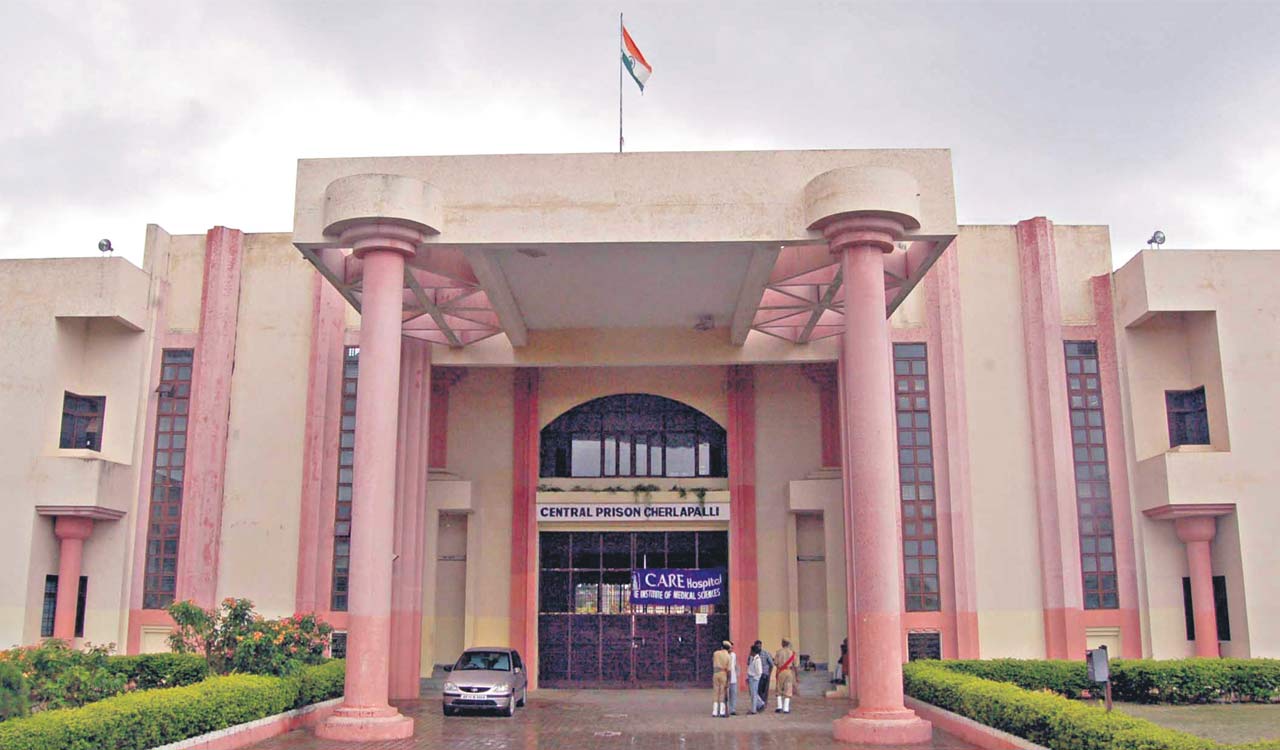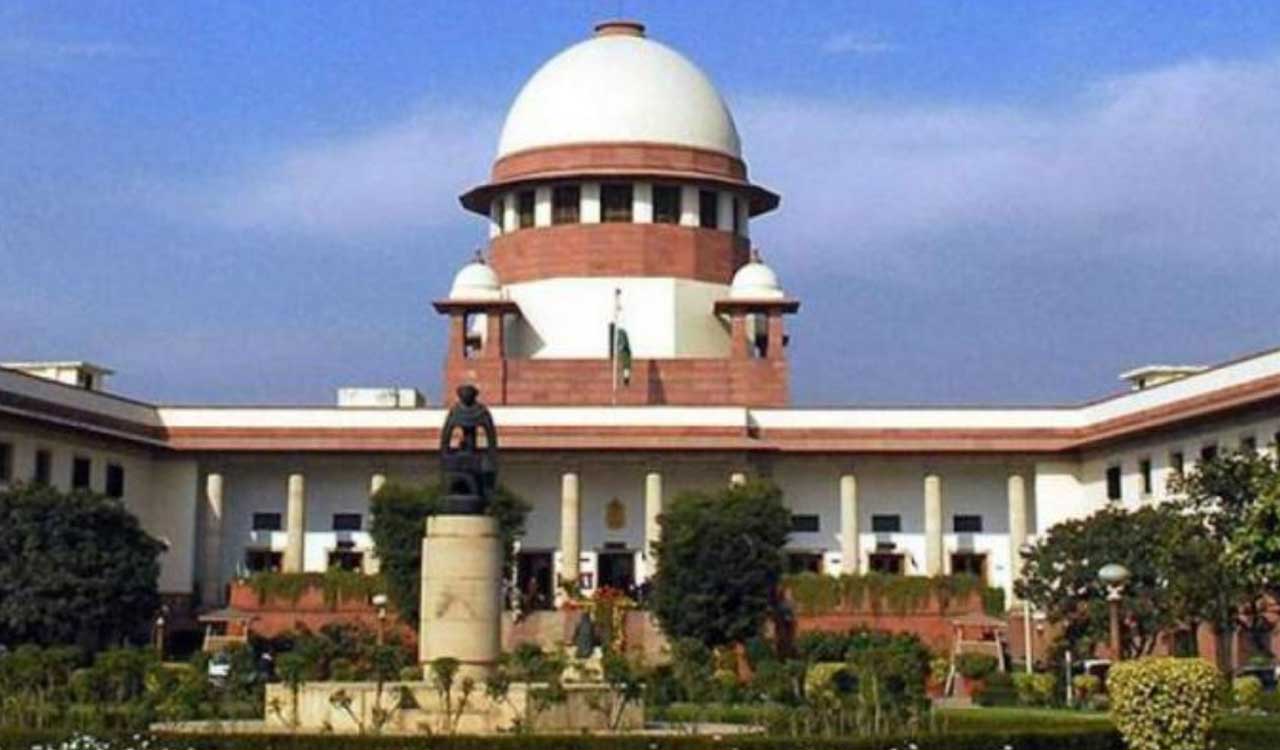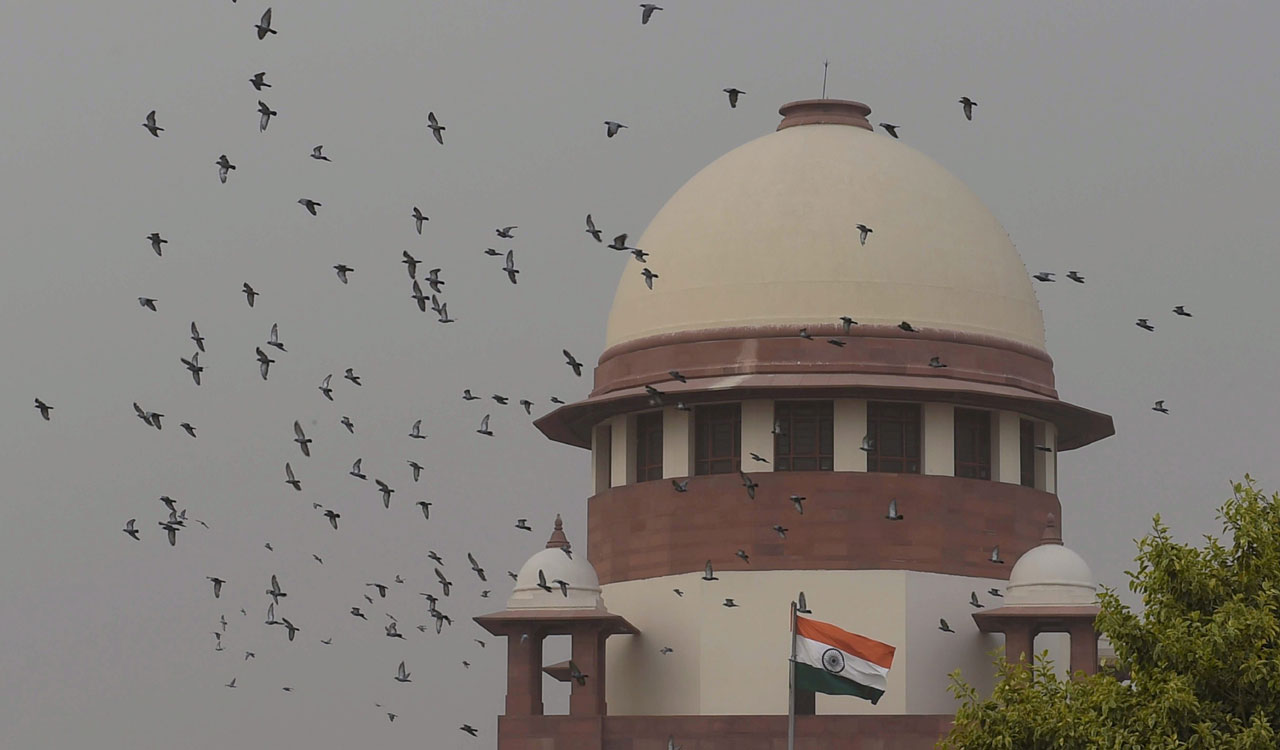Opinion: India and its open jails
Prisons are correctional institutions and should be havens of reform, not despair

By Pavan Kasturi, Zayd Uddin
The Supreme Court recently in Suhas Chakma v union of India directed the Ministry of Home Affairs (MHA) to present a status report on developments concerning open correctional institutions (also known as open-air prisons) and also lamented the underutilisation of such facilities. The court also suggested such institutions as a solution to the overcrowding that is prevalent in prisons across India.
As of December 31, 2022, India’s prison population, including pre-trial detainees, stands at 5,73,220, while the capacity is 4,36,266, ie, an occupancy level of 131% (as per data from NCRB). These figures are concerning, and when looked at along with other problems like indefinite detention of undertrials, understaffing and unhygienic living conditions, show the debilitating conditions of our jails in the country.
The prison system evolved in the mid-18th century as an alternative to the corporeal punishment prevalent then influenced by welfare-state reformists. Today, a society’s level of civilisation is gauged by examining its prisons. Unfortunately, many parts of India still have closed prison systems with inhumane conditions, which are extremely outdated and colonial relics. But, can we imagine a prison without walls?
Yes, these are called open prisons that believe in bestowing freedom and responsibility to its inmates — where good behaviour is rewarded and self-reliance among inmates is promoted. Various sociologists and lawmakers have been advocating this reform in the prison system across the globe. In these facilities, inmates may be allowed to leave during the day for work, education or other approved activities, returning to the prison in the evening. This enables them to earn money for themselves and their families, develop skills and maintain connections with the outside world.
Why Open-Air Prisons
A study in 2017 on open prisons by Smita Chakraburtty (commissioned by Rajasthan State Legal Services Authority), found that open prisons are cost-effective and resource-efficient, requiring fewer staff and are 78 times cheaper than closed prisons, ie, a cost of Rs 500 per inmate per month compared to Rs 7,094 in Jaipur central prison. In India, the lengthy trial process often proves more punitive than the actual sentence.
With 4,34,302 individuals among 5,73,220 awaiting trial, placing them in open-air prisons ensures that those under trial do not endure the harsh conditions of prisons without convictions. The Standing Committee on MHA submitted its report on Prison Conditions in September 2023, where it pointed out that prison administrations spend more money on keeping under trials inside jails than the bail money required for their release.
Further, overcrowded prisons lead to issues regarding health and hygiene, declining living standards and hamper rehabilitation efforts by the government. Open prisons offer specific advantages for young and first-time offenders, shielding them from the vices prevalent in conventional jails.
Overview and Statistics
This concept is not new in India, and the first open jail camp was established near Varanasi in 1953 to assist in building a dam across the Chandraprabha River. Even in 1997, the SC in Rama Murthy v State of Karnataka highlighted the benefits of open-air prisons and noted their cost-efficiency and productivity, emphasising their role in fostering discipline, social responsibility and spiritual growth, thus reducing reoffending. It also called for establishing more open-air prisons, starting at all district headquarters nationwide.
In Re-Inhuman Conditions in 1382 Prisons (2018), the Supreme Court directed to utilise the existing open prisons and also to increase the capacity of such prisons. Despite various studies highlighting the advantages of open-air prisons, the states in the likes of Uttar Pradesh, Chhattisgarh and Goa, and all union Territories lack any open jails within their jurisdictions. Even the existing open-air prisons are underutilised with an occupancy rate of 74%. There are a total of 91 open-air prisons in India but are exclusively confined to convicted prisoners and not undertrials, except in Jharkhand.
There are a total of 91 open-air prisons in India but are exclusively confined to convicted prisoners and not undertrials, except in Jharkhand
However, Rajasthan leads the way in open-air camps for prisoners with about 41 such prisons accommodating up to 1,488 inmates. It also provides about 1,800 quarters where inmates can live with up to three family members. Maharashtra follows with 19 open-air prisons, offering a capacity for 1,612 inmates and has reported the highest crowding in open jails at 107%.
Case of Telangana
In Telangana, there exists the prisoner’s agricultural colony with a total capacity of 150 prisoners, spanning 120 acres at Cherlapally, functioning as a semi-open prison, where inmates face punishment if they leave the designated area. Transfers to this facility is based on employment opportunities depending on the needs of the agricultural colony. Inmates work on poultry and farms, receiving payment for tending crops, fishing and raising chickens. The selection comes from closed jails and is based on specific criteria where inmates must have served at least one-third of their sentence, possess an agricultural background, are willing to work in open-air jails, and not be convicted of serious offences such as theft, dacoity or crimes against women.
The Selection Committee chooses suitable candidates and transfers are authorised by the Director General of Prisons. As of December 31, 2022, NCRB data shows that the vacancy rate in the prison is 59%. A more recent report from January 2024 highlights an even bleaker situation, with 100 vacancies reported. Swift action is necessary to address this as indefinite sentences breed hopelessness, and regular reviews on open-air prisons have to be taken.
Prisons are correctional institutions, more than walls and bars. These should be havens of reform and renewal, not despair. Hence, a uniform rights-based system and comprehensive legislation to put obligations on prisons to partner with community organisations and NGOs for inmate support, offer re-entry programmes for employment and social integration, facilitate regular family visits and develop structured work-release programmes for real-world experience must be established to ensure consistent and fair treatment of inmates across all prisons in India. Such an approach will result in the reformation of the inmates and a better overall prison system in the country.

(Pavan Kasturi is Junior Research Fellow and Zayd Uddin is student at the University College of Law, Osmania University)
Related News
-
Trend of judges passing many orders before retirement like batter hitting sixes in final over: SC
-
Speaker rejects BRS petitions against defected MLAs; party to move Supreme Court
-
SC adjourns hearing on plea against Sonam Wangchuk’s NSA detention to Jan 7
-
Air pollution crisis: Delhi HC advises lawyers to avail hybrid mode for appearing in court
-
21st century India takes big, swift decisions and delivers results on time: PM Modi
38 seconds ago -
One nation, one policy, major overhaul for organ donation
7 mins ago -
Borrowings surge, grants lag as Telangana’s finances slide deeper into the red
10 mins ago -
We want nation’s prayer that ‘Homebound’ does us proud by landing an Oscar nod: Karan Johar
14 mins ago -
Police foil Congress bid to lay siege to BJP MP office in Karimnagar
18 mins ago -
MTAR Technologies gets Rs 310 cr order for Kaiga nuclear reactors
21 mins ago -
Amid dense fog, truck runs over girl walking to school in UP’s Kaushambi
41 mins ago -
2026 polls: Contest between ‘pure force’ TVK, ‘evil force’ DMK, says actor Vijay
52 mins ago



